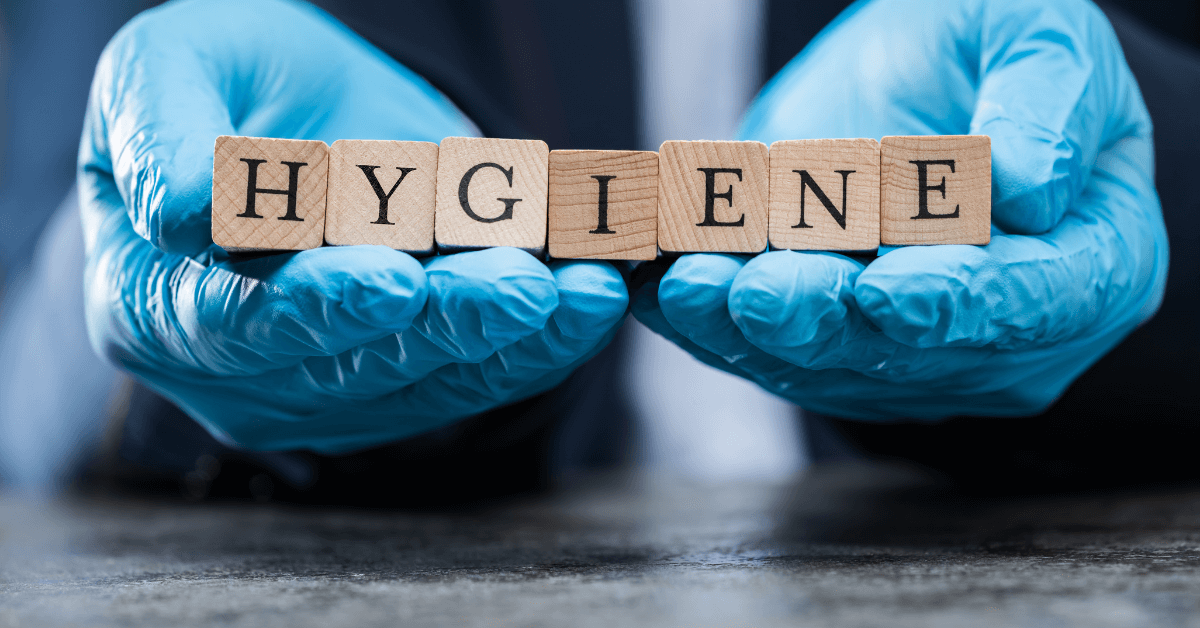A lump on the anus can be concerning, but it is not always a sign of a serious health issue. In many cases, these lumps are benign and can be treated effectively. However, it’s essential to understand the cause of the lump, as it could indicate conditions that require medical attention. This blog will explore the various causes, symptoms, and treatment options for a lump on the anus to help you understand when to seek medical care.
What is a Lump on the Anus?
A lump on the anus refers to any swelling or growth that forms around or inside the anal region. These lumps can vary in size, texture, and location. Some lumps may be painless, while others may be uncomfortable or painful. You may also notice other symptoms, such as bleeding, itching, or a sensation of fullness in the anal area.
Although many lumps on the anus are benign, it is important to pay attention to other accompanying symptoms. While some conditions are easily treatable, others may require immediate medical attention. In the following sections, we will discuss the most common causes of lumps on the anus.
Common Causes of Lump on the Anus
There are a variety of possible causes for a lump on the anus, ranging from common conditions like hemorrhoids to more serious issues such as pilonidal cysts. Let’s dive into each cause to help you understand how they form and how they are treated.
1. Hemorrhoids: The Most Common Cause of Lump on the Anus
Hemorrhoids are swollen veins in or around the anus. They can develop due to increased pressure in the lower rectum, typically caused by straining during bowel movements, prolonged sitting, or pregnancy.
Symptoms of Hemorrhoids
- Pain or discomfort around the anus.
- Itching or irritation in the anal area.
- Bright red blood on the toilet paper or in the stool.
- A lump or swelling around the anus.
In most cases, hemorrhoids can be treated with lifestyle changes such as increasing fiber intake and using over-the-counter creams. If symptoms persist or worsen, a doctor may recommend more advanced treatments, including minimally invasive procedures or surgery.
2. Pilonidal Cyst: A Lump That Can Form Near the Tailbone
A pilonidal cyst is another common cause of a lump near the anus. These cysts typically form near the tailbone, but they can extend into the anal area in some cases. Pilonidal cysts develop when hair follicles become clogged with dirt, oil, and dead skin cells, leading to the formation of an abscess.
Symptoms of Pilonidal Cyst
- A painful lump near the tailbone or around the anus.
- Redness or swelling in the affected area.
- Pus or blood draining from the cyst.
- Fever in severe cases.
Pilonidal cysts are usually treated with drainage and antibiotics. In more severe cases, surgical removal of the cyst may be necessary. Additionally, a newer, minimally invasive treatment option, SiLaC® (Sinus Laser-Assisted Closure), is gaining popularity. This procedure uses a laser to close the cyst and promote healing with minimal discomfort and a quicker recovery time compared to traditional surgery. SiLaC® is particularly effective in preventing the recurrence of pilonidal cysts and offers a less invasive solution for patients.
3. Anal Fissures: Tears in the Skin Around the Anus
An anal fissure is a small tear or cut in the skin around the anus. This condition can be caused by passing large or hard stools, diarrhea, or trauma to the anal area. The pain caused by an anal fissure can be intense, especially during or after a bowel movement.
Symptoms of Anal Fissures
- Sharp pain during or after bowel movements.
- Bright red blood on the toilet paper.
- Itching or discomfort around the anus.
- A small lump or swelling near the tear.
Treatment for anal fissures generally involves increasing fiber intake, drinking more water, and using topical creams or ointments. In some cases, botox injections or surgery may be necessary.
4. Anal Abscesses and Fistulas: Infections Leading to Lumps
An anal abscess is a painful collection of pus that forms near the anus due to infection in the anal glands. If left untreated, an abscess can develop into a fistula, which is an abnormal tunnel between the anal canal and the skin.
Symptoms of Anal Abscesses and Fistulas
- A painful lump near the anus.
- Redness and warmth around the lump.
- Pus or blood draining from the lump.
- Fever in severe cases.
Treatment for anal abscesses typically involves drainage to relieve pressure and antibiotics to treat the infection. Fistulas may require surgical intervention, such as Fistula-tract Laser Closure (FiLaC®).
5. Skin Tags: Harmless Lumps Around the Anus
A skin tag is a small, soft growth of skin that can develop around the anus. These lumps are usually harmless and do not cause pain. However, they can be annoying or irritating, especially if they rub against clothing.
Symptoms of Skin Tags
- A soft lump around the anus.
- No pain or discomfort, although the skin tag may cause irritation.
- No bleeding or pus drainage.
Skin tags are often caused by friction or irritation, such as from wiping or rubbing during bowel movements. Treatment is typically not necessary unless the skin tag is bothersome. In such cases, surgical removal may be recommended.
6. Anal Warts: Caused by the Human Papillomavirus (HPV)
Anal warts, caused by the human papillomavirus (HPV), can also form a lump around the anus. These warts are often associated with sexual activity and can appear as small growths that are either flesh-colored or slightly darker.
Symptoms of Anal Warts
- Small, fleshy lumps around or inside the anus.
- Itching or irritation.
- Bleeding during bowel movements (in some cases).
Treatment for anal warts may involve topical medications, cryotherapy (freezing), or surgical removal. Vaccination against HPV can help reduce the risk of developing anal warts.
7. Anal Cancer: A Rare but Serious Cause
In rare cases, a lump on the anus can be a sign of anal cancer. This type of cancer affects the tissues around the anus and can lead to the formation of a lump, bleeding, and other symptoms.
Symptoms of Anal Cancer
- A persistent lump or mass near the anus.
- Bleeding or mucus discharge from the anus.
- Pain or discomfort during bowel movements.
- Changes in bowel habits (e.g., diarrhea or constipation).
If doctors suspect anal cancer, they emphasize early detection for effective treatment. They typically use surgery, radiation, and chemotherapy, depending on the cancer’s stage.
When Should You Seek Medical Attention for a Lump on the Anus?
While many lumps around the anus are benign and treatable at home, there are situations when you should seek medical attention:
- The lump persists or gets larger over time.
- Severe pain or discomfort accompanies the lump.
- There is persistent bleeding or pus drainage from the lump.
- You experience fever, fatigue, or unexplained weight loss.
- The lump is accompanied by changes in bowel habits.
If you notice any of these symptoms, it’s essential to consult a healthcare provider. A proper diagnosis will ensure you receive the appropriate treatment.
Preventing a Lump on the Anus
While not all lumps on the anus can be prevented, there are a few steps you can take to reduce your risk:
- Eat a fiber-rich diet to prevent constipation and straining.
- Practice good hygiene by gently cleaning the anal area after bowel movements.
- Avoid prolonged sitting to reduce pressure on the anal area.
- Maintain a healthy weight to reduce the risk of hemorrhoids and other anal conditions.
Conclusion
In conclusion, various conditions, such as hemorrhoids, anal fissures, anal cancer, or pilonidal cysts, can cause a lump on the anus Understanding the potential causes and symptoms of these lumps is the first step in seeking the appropriate treatment. Most lumps are treatable with simple lifestyle changes or medical interventions, but early detection is essential to ensure the best outcomes.
If you experience persistent symptoms or are unsure of the cause, it’s important to consult a healthcare provider for a proper diagnosis and treatment plan. By understanding why there is a lump on the anus, you can take steps to improve your health and well-being.



